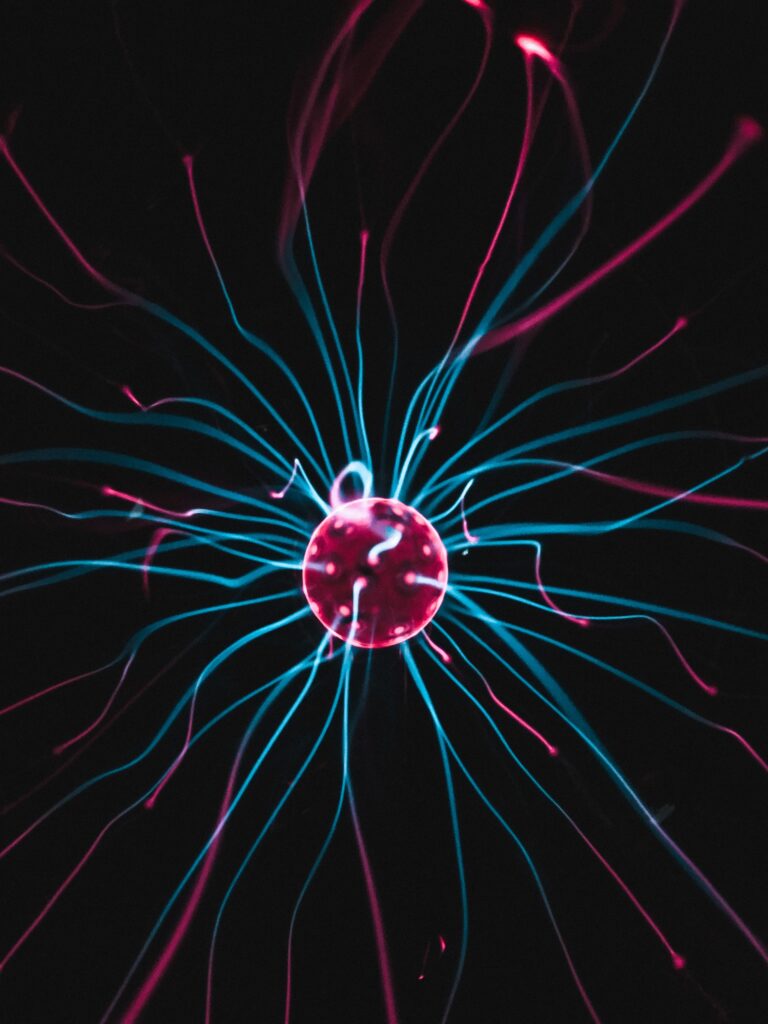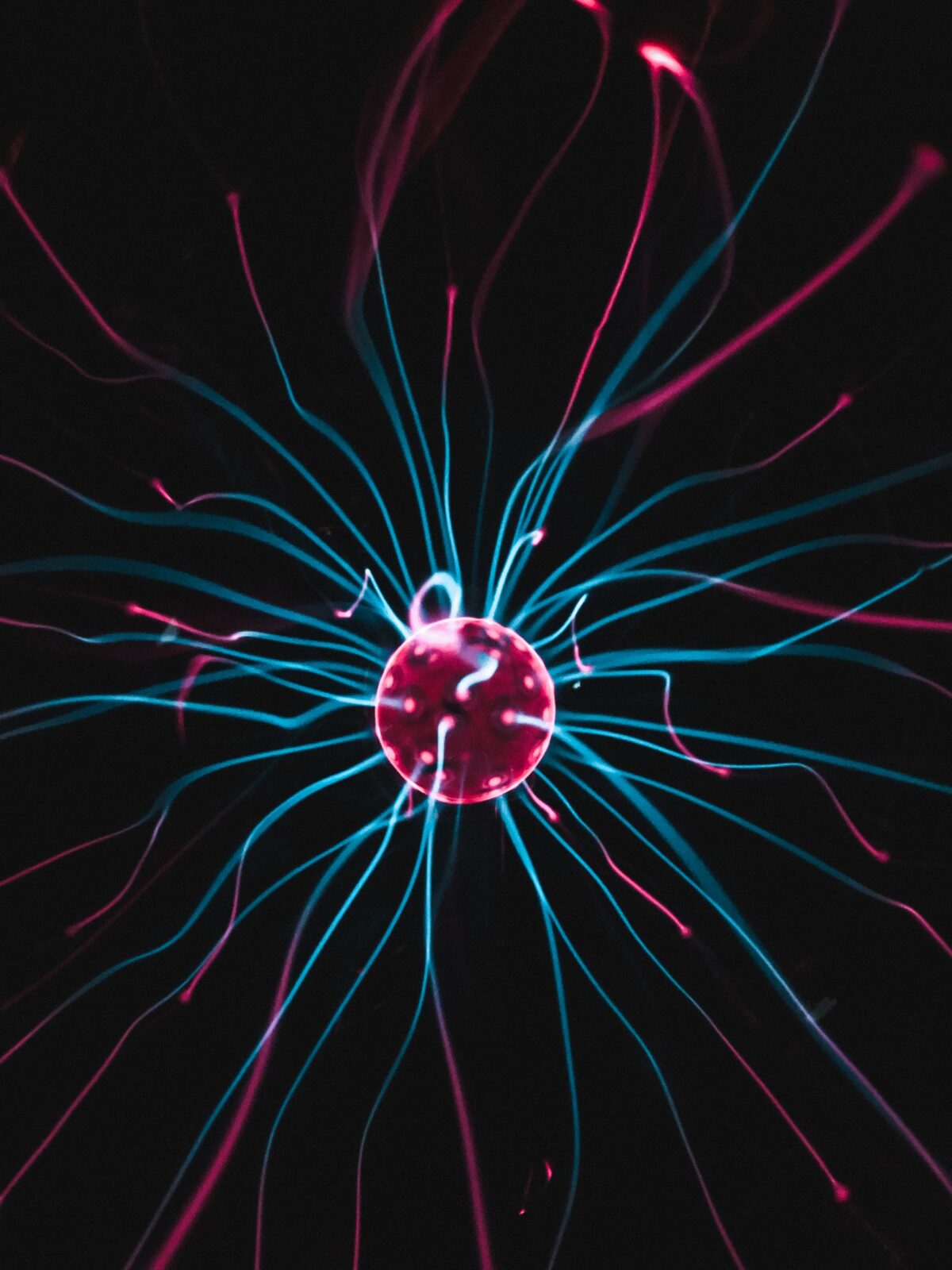|
Getting your Trinity Audio player ready...
|
The high energy neutrino experiments that we discuss in this post are:
- IceCube
- ANTARES
- ANITA
- ARA

IceCube and ANTARES are optical Cherenkov experiments that look for high energy neutrinos on the lower end of the high energy spectrum (1011−1015 eV).
ANITA and ARA use radio techniques to look for high energy neutrinos on the higher end of the energy spectrum. ARA covers the energy range from 1016 to 1019 eV which includes part of the UHE region and ANITA covers the UHE region from 1018 eV and above.
Below is a brief overview of these different experiments and how they complement one another. I also share a brief overview of the physics of the Askaryan Effect [10] which finds application in the ANITA and ARA experiments.
IceCube vs ANTARES
IceCube and ANTARES are complementary high energy neutrino experiments/observatories in the Southern and Northern Hemisphere respectively. IceCube is in the South Pole and ANTARES is in the Mediterranean Sea. Being in complementary hemispheres of the Earth, these two experiments have complementary fields of view. The completed IceCube observatory is composed of 5160 digital optical modules (DOMs), each containing a 10−inch photomultiplier tube, with 60 DOMs placed at depths between 1450 and 2450m on each of 86 vertical strings. The total instrumented volume of IceCube is 1km3. ANTARES, located at a depth of 2.4km, consists of 12 vertical strings, separated from each other by a typical distance of 70m. Each string is anchored to the seabed and held upright by a buoy at the top. Over a length of 350m, it is equipped with 25 triplets of photo-multiplier tubes (PMTs), building a 3-dimensional array of 885 PMTs in total. The instrumented volume of ANTARES is ∼ 0.02km3. IceCube and ANTARES are both optimized for the detection of muons from charged current interactions of high energy astrophysical neutrinos. IceCube uses the Antarctic ice as a target medium for high energy neutrinos to interact in. ANTARES uses seawater instead. They both rely on optical Cherenkov techniques. ANTARES is sensitive to neutrinos of energy from 10GeV to 100TeV. IceCube was built to detect neutrinos of energy 100 GeV and higher. However, as shown in [11], IceCube can also detect neutrinos of the energy of order MeV. Please note that the specifications on each experiment shared here were current as of the year 2015. Both projects are ongoing, and I expect, constantly evolving.
ANITA vs. ARA and ARA vs. IceCube
The Antarctic Impulsive Transient Antenna (ANITA) and the Askaryan Radio Array (ARA) are complementary high energy neutrino experiments/observatories, both located in Antarctica. ANITA is a NASA Long Duration Balloon experiment. The ANITA instrument consisting of radio antennas and other hardware hangs from a balloon at an altitude of about 40 km and circles over the continent of Antarctica. In contrast to this, ARA is ground-based, and the ARA radio antennas are embedded in the ice of Antarctica. When ANITA is launched, it typically observes for only about a month, whereas, when ARA is deployed, it can observe all year round.
The ANITA experiment has completed four science flights, each time with some upgrades to the hardware. ANITA 3 had 48 (ANITA 2 had 40) highly directional dual-polarized horn antennas sensitive to the frequency range 200 – 1200 MHz. ANITA consists of a top, middle, and bottom ring of antennas with different layers of antennas offset from each other for maximum coverage.
The completed ARA detector will consist of 37 deep stations spaced 2 km apart at a depth of 200 m. Currently, ARA has 3 deep stations in the ice. A station or a single array element consists of a cluster with around 16 embedded antennas, deployed up to 200 m deep in several vertical boreholes placed with tens-of-meter horizontal spacing to form a small sub-array [12]. ARA is highly modular in that each station comprises a standalone neutrino detector for its surrounding ice. All borehole antennas have a bandwidth of 150 MHz to 1 GHz. Please refer to the latest publications from these collaborations for updated specifications on these experiments.
The high energy neutrino experiments ANITA and ARA both rely on the Askaryan Effect [10] for observation of high energy neutrinos. They both use the Antarctic ice as a target medium for neutrino interaction and look for radio signals from these interactions. The main distinction between ANITA and ARA is the area of target medium (ice) they each observe, and therefore, the neutrino energy range they are each sensitive to. ANITA observes an area of roughly a million km2 and is sensitive to very rare neutrinos of energy 1018 eV and above. ARA covers roughly a 200km2 area and is sensitive to the neutrino energy range of 1016 − 1019 eV.
The main distinction between ARA and IceCube is that ARA can observe a hundred times bigger target volume than IceCube with fewer detector units than IceCube. This is because the attenuation length of radio signals of the frequency range that ARA detects is ∼ 1km allowing for a sparsely distributed array of detector units, whereas, the optical signals that IceCube detects are restricted to < 100m lengths. The size of the instrumented volume affects the neutrino energy range that they are each sensitive to. With a smaller instrumented volume IceCube is typically sensitive to energies lower than the UHE regime, whereas, ARA is sensitive to ultra-high energies up to 1019 eV.
The Askaryan Effect
The ANITA and ARA experiments rely on the Askaryan Effect [10] for the detection of high energy neutrinos. The interaction of a high energy neutrino in a dense medium such as ice induces an electromagnetic shower which develops a charge asymmetry. Because of this charge asymmetry, Cherenkov radiation is produced. When the wavelength of the Cherenkov radiation is larger than the transverse size of the shower, the emission is coherent. This is known as the Askaryan effect. See Figure 3. For showers in ice, this process produces a radio frequency (RF) impulse at ∼ 1GHz which can then be observed by radio antenna arrays (ANITA and ARA) readout with ∼ GHz sampling rates.
All of the above-described neutrino experiments have searched for neutrinos from Gamma-ray burst sources, which is the next part of this story. Read an introduction to Gamma-ray bursts. It is short and simple.
References cited in the above excerpt:
- A. Askaryan. Excess negative charge of an electron-photon shower and its coherent radio emission. J. Phys. Soc. Japan, Vol: 17: Suppl. A-III, Jan 1962.
- IceCube Collaboration, R. Abbasi, Y. Abdou, T. Abu-Zayyad, M. Ackermann, J. Adams, J. A. Aguilar, M. Ahlers, M. M. Allen, D. Altmann, and et al. IceCube Sensitivity for Low-Energy Neutrinos from Nearby Supernovae. ArXiv e-prints, July 2011.
- Ara Collaboration, P. Allison, J. Auffenberg, R. Bard, J. J. Beatty, D. Z. Besson, S. Bo¨ser, C. Chen, P. Chen, A. Connolly, J. Davies, M. Duvernois, B. Fox, P. W. Gorham, E. W. Grashorn, K. Hanson, J. Haugen, K. Helbing, B. Hill, K. D. Hoffman, E. Hong, M. Huang, M. H. A. Huang, A. Ishihara, A. Karle, D. Kennedy, H. Landsman, T. C. Liu, L. Macchiarulo, K. Mase, T. Meures, R. Meyhandan, C. Miki, R. Morse, Newcomb, R. J. Nichol, K. Ratzlaff, M. Richman, L. Ritter, C. Rott, B. Rotter, P. Sandstrom, D. Seckel, J. Touart, G. S. Varner, M.-Z. Wang, C. Weaver, A. Wendorff, S. Yoshida, and R. Young. Design and initial performance of the Askaryan Radio Array prototype EeV neutrino detector at the South Pole. Astroparticle Physics, 35:457–477, February 2012.
Before you go!
Let me know your thoughts and comments below, and please feel free to share this website on your social media platforms.


Leave a Reply